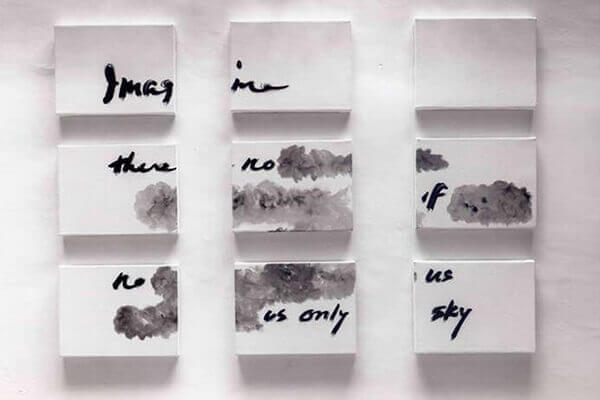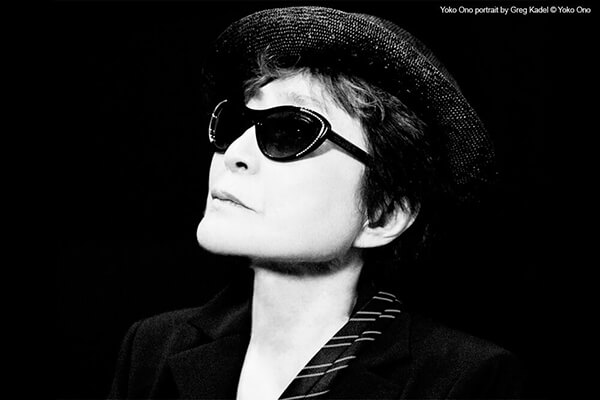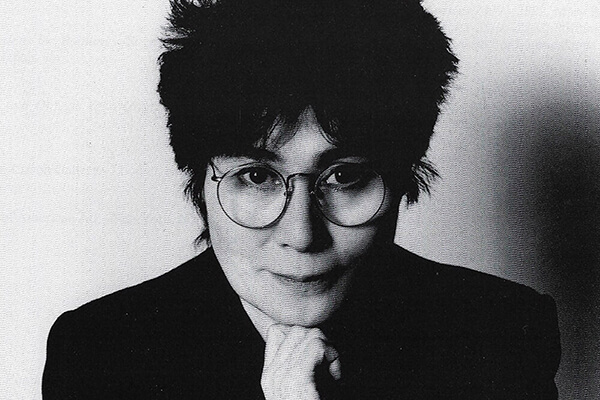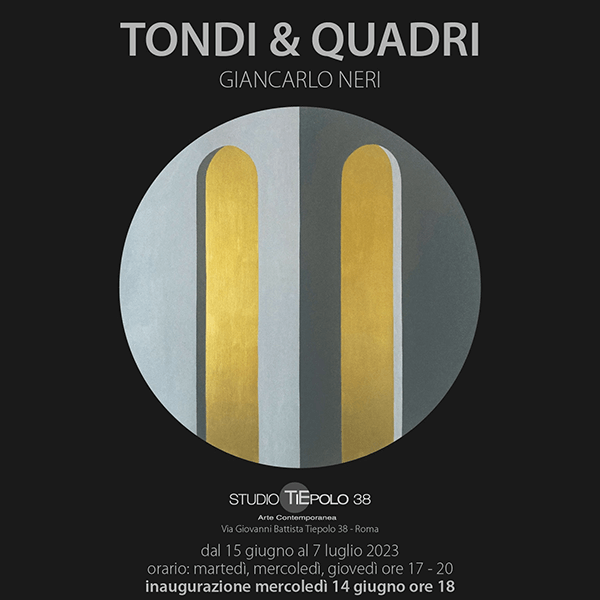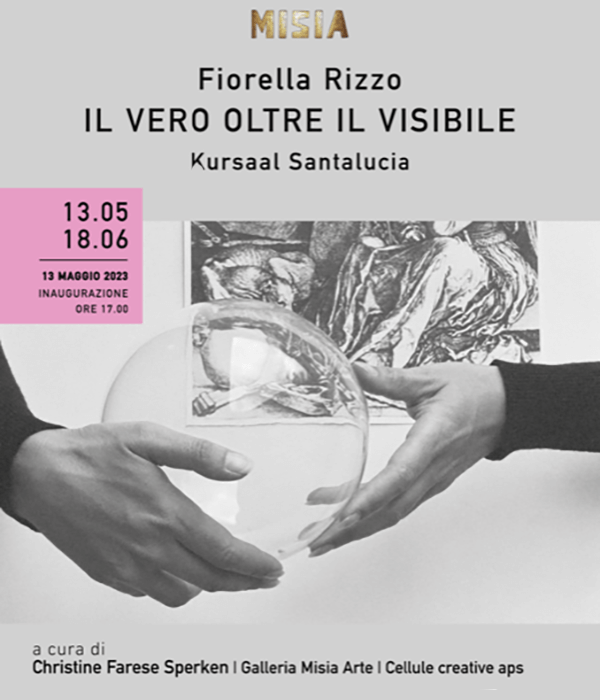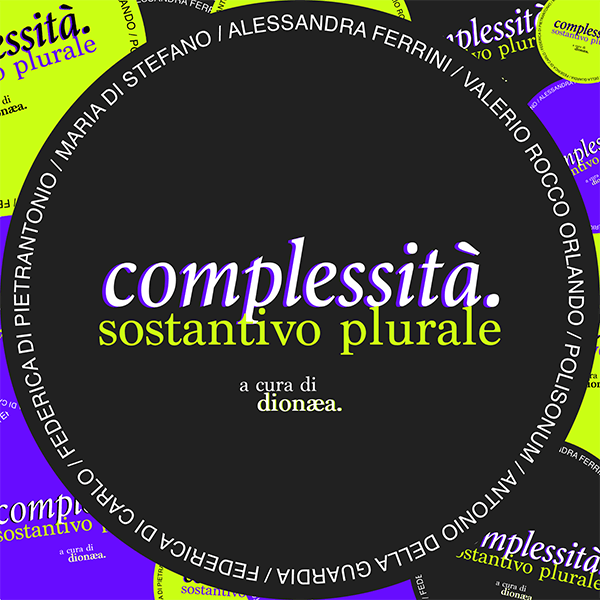STUDIO STEFANIA MISCETTI
Studio News
![Studio News | Studio Stefania Miscetti blog | Achille Bonito oliva on the Yoko Ono Film Festival 2018 [video] Studio News | Studio Stefania Miscetti blog | Achille Bonito oliva on the Yoko Ono Film Festival 2018 [video]](https://www.studiostefaniamiscetti.com/wp-content/uploads/2018/02/abo-achille-bonito-oliva-yoko-ono-film-festival-2018-studio-stefania-miscetti-blog-news.png)
We are very happy to share an important contribution and introduction to The Yoko Ono Film Festival 2018, that Studio Stefania Miscetti hosted at the gallery space last month.
The important contribution is a video introduction, presentation and analysis of Yoko Ono artistic career, with a focus on the video art and video performance work that is at the core of The Yoko Ono Film Festival 2018, by Italian curator and art critic Achille Bonito Oliva.
Achille Bonito Oliva’s video introduction has been screened at Studio Stefania Miscetti during the opening night of The Yoko Ono Film Festival 2018. The video has been recorded in Italian language, but has hard coded English subtitles.
Here is the translation in English of the first 5 minutes of video transcript. For the full content please refer to the video. We are also providing the original video transcript in Italian (still only the first 5 minutes). Enjoy the vision!
ORIGINAL VIDEO TRANSCRIPT - ITALIANO (first 5 minutes only)
Artista interdisciplinare, transnazionale e multimediale è Yoko Ono. Opera sullo sconfinamento e sulla contaminazione. Tra linguaggi diversi tra loro, pittura, gestualità, corpo, danza. Movimento. E il movimento è il principio centrale in cui attraverso il quale Yoko Ono riesce a coniugare insieme Oriente e Occidente, un tempo attivo e uno contemplativo.
Come partecipe del gruppo Fluxus, lei è molto attenta al dettaglio perché dal particolare si arriva all’universale e dunque sul principio anche di voler intercettare la vita attraverso l’arte e coniugare l’arte attraverso la vita. I suoi interventi e le sue performance sviluppano e affermano un principio di arte totale. Quest’arte totale muove i suoi passi già negli anni ’60 nel suo rapporto con Machiunas e con il suo rapporto, direi proprio con i vari artisti, Nam June Paik e altri del gruppo Fluxus.
Dopo i primi vent’anni da Tokyo si è spostata a New York e lì direi che ha completato la sua militanza creativa attraverso performance in cui il corpo è il punto centrale è, diciamo, l’elemento che unisce, che intreccia i vari atteggiamenti. La musica è importante in quanto nella sua fluidità e astrazione, nella sua liquidità, permette di connettere le varie parti della performance e la performance non traccia mai ne rappresenta. Gesti eroici.
Il suo lavoro si può dire diviso in due parti. C’è tutta la parte, appunto, corporale, gestuale, intima, personale. E un’altra parte dedicata anche diciamo a una presa di posizione rispetto a problemi politici e sociali. Perché è un’artista d’arte totale, perché lei in questo modo oppone alla parzialità del mondo, delle cose che la circondano, un atteggiamento che le permette di assumere una visione globale.
E il tempo è quell’elemento che le permette anche di connettere Oriente e Occidente. Il tempo attivo dell’Occidente, il tempo contemplativo dell’Oriente. Lo spazio, che sembrava una conquista tipica della cultura occidentale attraverso la prospettiva e la sua pittura, viene agitato da una temporalità diversa di cui lei si fa portatrice.
Yoko Ono è un’artista che va oltre il pensiero. Lei riesce a connettere la parte mentale, concettuale direi, con l’erotismo di un corpo però tenuto sempre in una compostezza formale che è tipica dell’arte orientale. I suoi video con John Lennon sono assolutamente video autobiografici, ma nello stesso tempo tenuti sulla soglia del riserbo. E poi alcune volte il riserbo sconfina nell’ironia, Fly è tipico: l’esplorazione del corpo di una donna attraverso un insetto. E un insetto stereofonico, anche sonoro. Dunque in qualche modo questo agire per dettagli e per scoperte danno, di Yoko Ono, la visione di un inviato speciale nella realtà.
Tre video del 2012 e 2013 sintetizzano e documentano la maturità di Yoko Ono. L’approdo a una esercizio globale di tutti i sensi e nello stesso tempo di adesione non solo all’azione, ma anche alla contemplazione. Racing è un video dove un gruppo di corpi femminili, rappresentati attraverso la scultura, cumulati e ammucchiati fra di loro, rimandano a un’idea di guerra, di carneficina e di morte violenta. E poi? C’è un passaggio attraverso il fuoco alla sublimazione della morte, all’annullamento di questa visione terribile che evidentemente vuole anche rimandare a una rappresentazione dolorosa della vita. Fomentata anche qui dalla musica e dal canto.
Yoko Ono riesce ad emettere i suoni articolati fino al confine della musica, e nello stesso tempo fino, se si può dire, all’approdo del silenzio. Un canto muto. Ecco che in questo caso la performance diventa un messaggio, ma è anche il tentativo di stabilire un dialogo attivo con lo spettatore.
[continua su video]
VIDEO TRANSCRIPT
(English translation of the video transcript in Italian, first 5 minutes only)
Yoko Ono is an interdisciplinary, transnational and multimedia artist. She operates between trespassing and contamination. Between different languages: painting, gestures, body, dance, movement. And movement is the central principle in which Yoko Ono manages to combine East and West, an active time and a contemplative time.
As a member of the Fluxus group, she is very attentive to detail because from the particular she arrives at the universal, and therefore also on the principle of wanting to intercept life through art and combine art through life. Her interventions and her performances develop and affirm a principle of total art. This total art moves its early steps already in the 60s, in her relationship with Machiunas and with the various artists, Nam June Paik and others of the Fluxus group.
After the first twenty years in Tokyo Yoko Ono moved to New York and there I would say that she completed her creative militancy through performances, in which the body is the central point and, let’s say, the element that unites, that weaves various attitudes. Music is important because in its fluidity and abstraction, in its liquidity, it allows the various parts of the performance to be connected, and performance never traces or represents them. Heroic gestures.
Her work can be said to be divided into two parts. There is the whole bodily, gestural, intimate, personal part. And another part dedicated also let’s say to a position taken with respect to political and social problems. Because she is an artist of total art, because in this way she opposes the partiality of the world, of the things that surround her, with an attitude that allows her to assume a global vision.
And time is that element which also allows it to connect East and West. The active time of the West, the contemplative time of the East. Space, which seemed to be a typical conquest of Western culture, is agitated by a different temporality of which she becomes the bearer, through her perspective and painting.
Yoko Ono is an artist who goes beyond thought. She manages to connect the mental, I would say conceptual, part with the eroticism of a body. However, always kept in a formal composure that is typical of oriental art. The videos of her with John Lennon are absolutely autobiographical videos, but at the same time kept on the threshold of secrecy. And then sometimes the reserve borders on irony. Fly is typical: the exploration of a woman’s body through an insect. And a stereophonic insect, also sound. So somehow this action by details and discoveries give Yoko Ono the vision of a special envoy in reality.
Three videos from 2012 and 2013 summarize and document Yoko Ono’s maturity. The arrival at a global exercise of all the senses and at the same time adherence not only to action, but also to contemplation. Racing is a video where a group of female bodies, represented through sculpture, accumulated and piled up, refer to an idea of war, carnage and violent death. And then? There is a passage through the fire to the sublimation of death, to the annulment of this terrible vision which evidently also wants to refer to a painful representation of life. Fomented here too by music and singing.
Yoko Ono manages to emit articulated sounds up to the border of music, and at the same time up, so to speak, to the landing place of silence. A silent song. Here, in this case, the performance becomes a message, but it is also an attempt to establish an active dialogue with the viewer.
[continues on video with English subtitles]
Check put the page of The Yoko Ono Film Festival for more info, as well as Yoko Ono’s artist page on our website and the page dedicated to the Yoko Ono Film Festival 1996, organized in Rome by Studio Stefania Miscetti in partnership with PalaExpo Rome.
MORE STUDIO NEWS
Giancarlo Neri, Tondi & Quadri at Studio Tiepolo 38 – Opening
Vernissage of the exhibition Tondi & Quadri by artist Giancarlo Neri for the roman gallery Studio Tiepolo 38. Wednesday June 14 2023, 6pm.
Fiorella Rizzo at Kursaal Santalucia, Bari – Opening
Il Vero oltre il Visibile, Fiorella Rizzo’s retrospective exhibition, will open on May 13, 2023 at Kursaal Santalucia in Bari, Italy.
Complessità. Sostantivo Plurale at MLAC Roma – Opening
MLAC – Museo Laboratorio di Arte Contemporanea of Rome announces the exhibition Complessità. Sostantivo Plurale. Opening on May 13, 2023.
